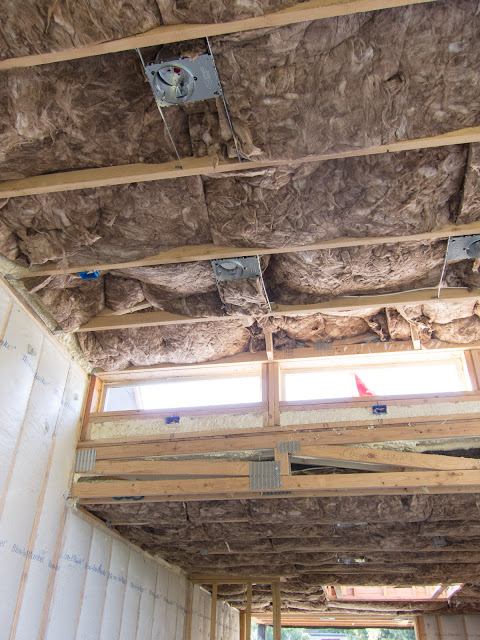Finding an entry door was much more of a challenge than I anticipated.
The requirements in concept were simple - I wanted a door that looked as
similar as possible to the neighboring windows in the foyer. I quickly found out that almost all residential front doors are made out of wood, not aluminum and glass. There is, however, a type of door that does fit the requirement - commercial storefront doors!
I started calling up various door vendors in the area including Vortex doors and Goldfinch Brothers, but had bad luck with all of them. The sales reps sometimes didn't respond, took forever to supply a quote, gave ridiculously high bids, or were disinterested in my queries. My guess is that since my search was rather unusual and one-off, the salespeople didn't see value in working with me.
After about 3 months of frustration, I finally found a vendor willing to work with me on a custom storefront door.
Washington Door Service does about 80% residential and 20% commercial work. I ended up getting a Pacific Aluminum 300 series storefront door with the following features:
- narrow stile
- insulated glass
- weather sealing
- Adams Rite handle and locking mechanism
- electrified door strike
- hidden, continuous hinge
The door was manufactured and installed in 2 weeks time. It looks great, and I'll be able to enter and exit the house without needing a key!
 |
| Front door from the outside |
 |
| Nice, modern Adams Rite handle |
 |
| View from the inside |
























